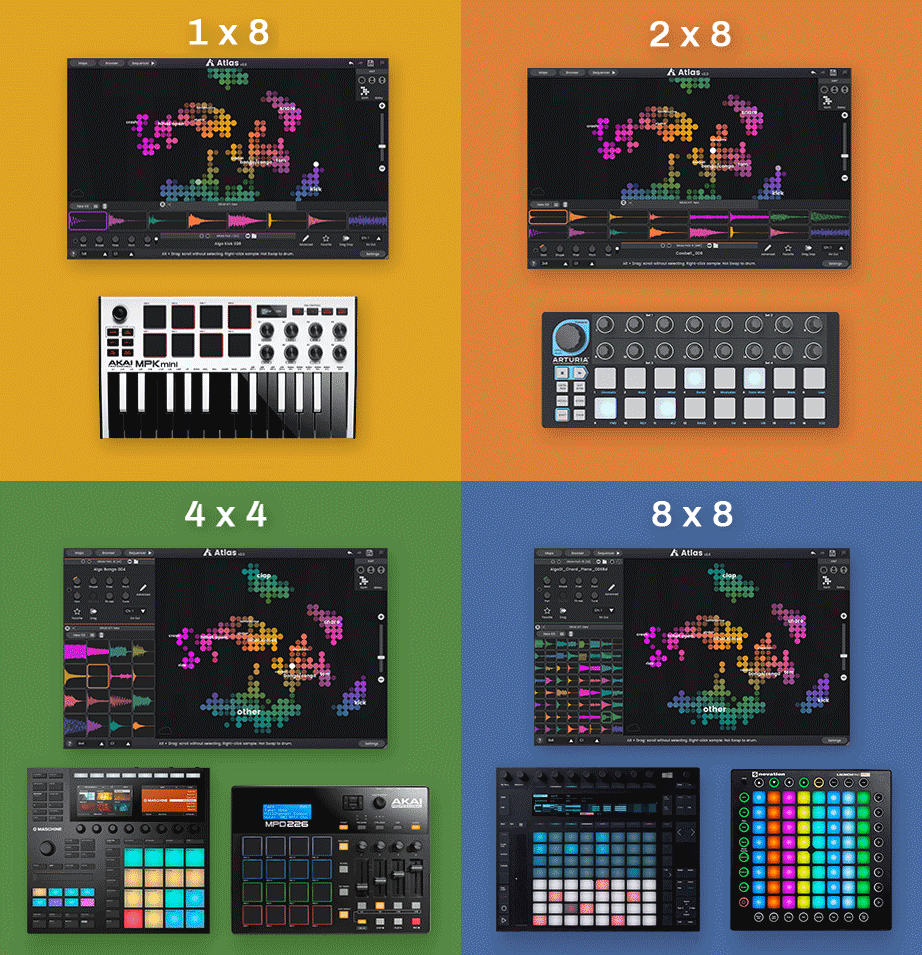


They serve as guide notes, so that when you Fold the clip, step-sequence notes are restricted to the chromatic scale from C3 to B3. Notice the stack of deactivated notes on the left. If you have a keyboard shortcuts utility such as QuicKeys ( set up a shortcut for this. Being able to activate and deactivate notes is more authentic than inserting and deleting them, and you do it from Live's Edit menu or from the note's context menu (right-click or Ctrl-click). Notice that all notes not on a beat are deactivated - if you play this sequence you'll hear only notes on the beats. The sequence is one bar long with a note on each 16th-note division. Screen 1 shows a typical step-sequencing clip template. But starting with a template MIDI clip containing a note on each grid division and then activating and deactivating notes and moving them up and down to change their pitch is much more in the spirit of hardware and software step sequencers. The unlinked, four-bar controller lane at the bottom automates a Live Pitch device to transpose successive one-bar repetitions of the step sequence.Īny time you enter notes in a MIDI clip with the mouse when Snap to Grid is enabled (Options menu), you are basically step sequencing. A Step Sequencing State Of MindĢ: This one-bar, 16th-note step sequence uses velocity and note length to emulate a step sequencer's velocity, gate time and tied note options. I'll start with a description of the MIDI clips method, which has become my favourite approach, and then delve into the alternatives. So, as you'll have guessed by now, our subject this month is step sequencing. Furthermore, many commercial hardware and software step sequencers work well with Live.

Max For Live users can download a huge assortment of free step sequencers developed by other users. With not too much effort you can build a basic step sequencer from Live's MIDI Effects devices and use the knobs on any supported MIDI control surface to program it. MIDI clips in Session view offer a fully featured approach to step sequencing that requires minimal setup and no additional software or hardware. If you're a fan of step sequencing, Live is more than up to the task. The clips at the bottom illustrate different grids and scales. Use the Shift key to move notes by octaves. To program your step sequence, select a note, activate it if it is deactivated (grey) and move it with the up and down Arrow keys. The notes on the left are guide notes for the clip Fold operation. 1: The top MIDI clip serves as a template for a one-bar, 16th-note, chromatic-scale step sequence.


 0 kommentar(er)
0 kommentar(er)
